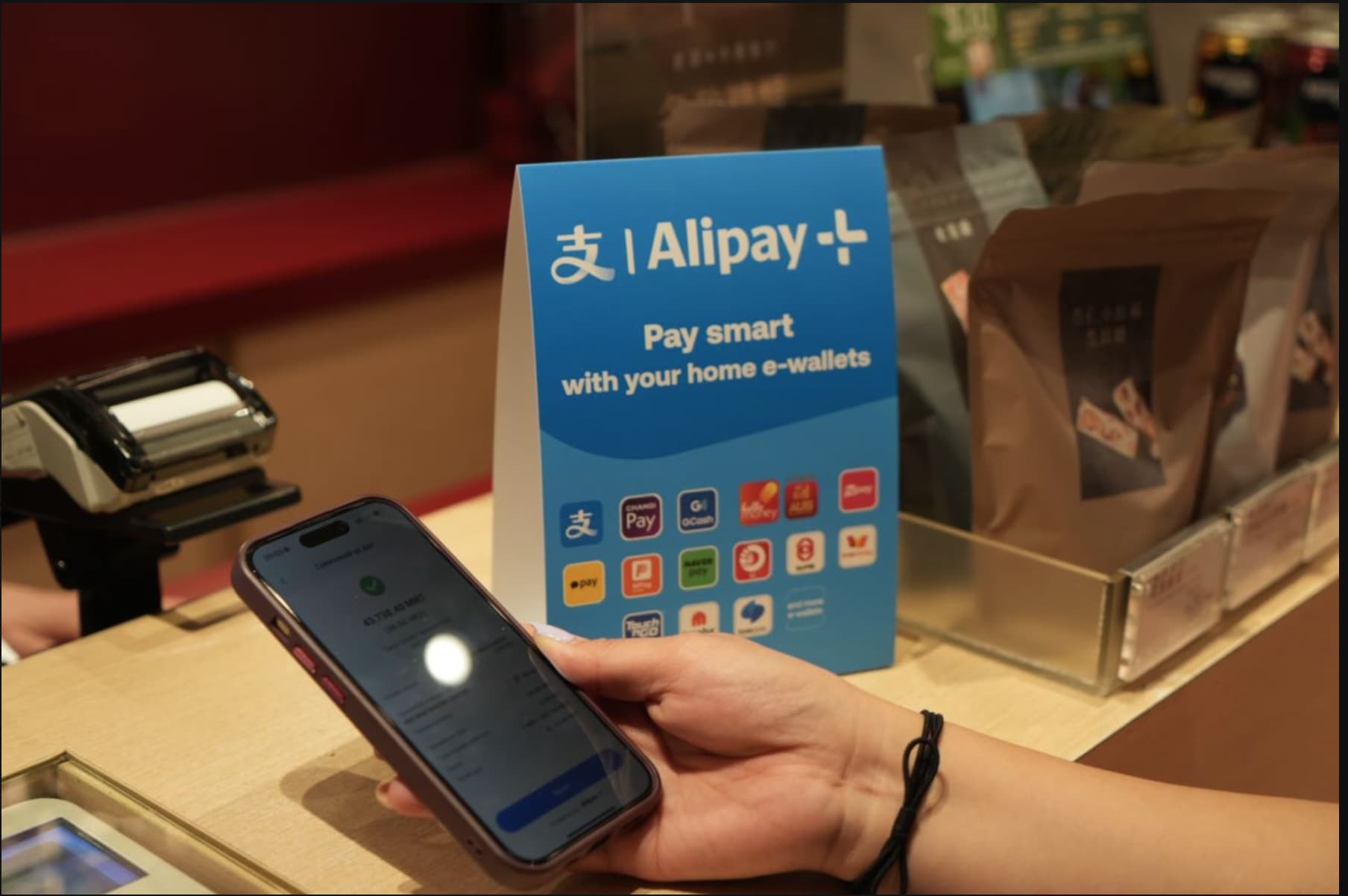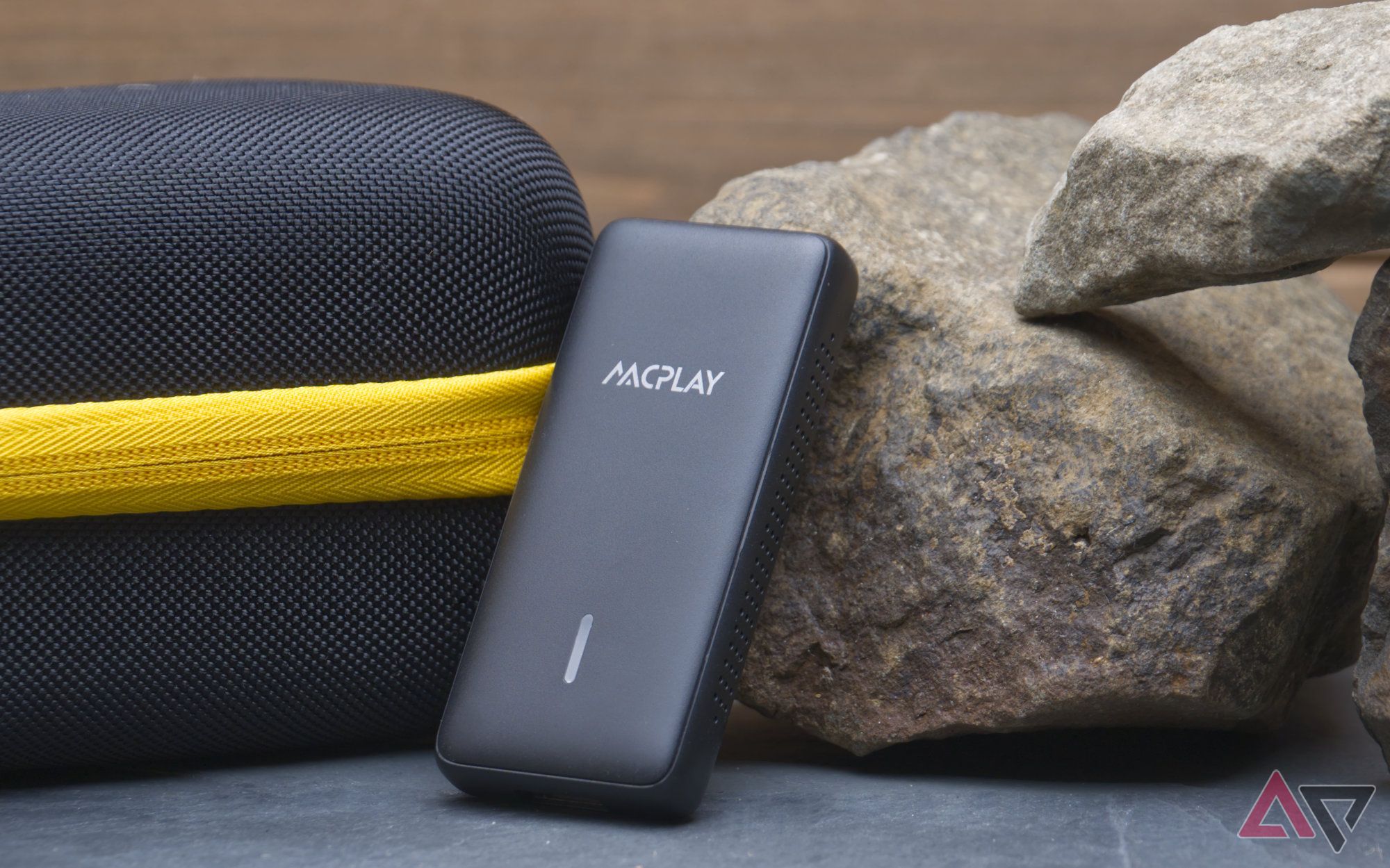
In recent years, the advent of Earned Wage Access (EWA) apps like EarnIn, DailyPay, and others has revolutionized the way workers manage their financial flows between paychecks. These services offer small, short-term loans to employees looking to bridge their financial needs until their next payday. With these apps, the concept of “living paycheck to paycheck” has found a digital-age solution, albeit one that’s not without controversy and calls for regulation.
Anna Branch’s story is a testament to the allure of these services. At 37, when her working hours were cut back in 2019, Branch, an administrative assistant in Charleston, South Carolina, turned to EarnIn. The promise of quick cash to tide her over until her next paycheck seemed like a digital miracle, personalized by the algorithms that rule our online lives. Yet, this convenience came at a cost—a “tip” of $14 on top of the $100 she borrowed, a practice she has continued monthly for five years, underscoring the habitual nature these apps can encourage.
The market for EWA services has boomed, with transaction volume surging from $3.2 billion in 2018 to $9.5 billion by 2020, according to Datos Insights. The COVID-19 pandemic and subsequent economic unrest only fueled this growth, making these apps more popular among those earning less than $50,000 per year, a demographic significantly impacted by two years of high inflation.
Critics, however, are raising alarms, likening EWA apps to payday loans disguised in a tech-forward facade. The main contention lies in the costs—while marketed as a convenient bridge to the next payday, these apps often come with fees that, when calculated as an annual percentage rate (APR), can be exorbitantly high, comparable to traditional payday loans. This concern is exacerbated by the practice of “tipping,” which, while optional, is encouraged by the apps in a way that some users, like Andrew Lewis from Pennsylvania, find morally pressuring.
Moreover, the integration of these services into official payroll systems by major employers like Amazon and Walmart has introduced a complex web of cost structures and accessibility issues that further blur the lines between financial aid and financial liability. Despite these conveniences, the reliance on such services can deepen financial insecurity, trapping users in a cycle of borrowing that nibbles away at their earnings—an outcome Sheri Wilkins, a home health aide in Texas, knows all too well as she feels “dependent on the money” despite its costs consuming over a day’s worth of labor each month.
Regulatory attention is now turning towards the EWA industry, with states like Connecticut and Hawaii spearheading legislation to curb the fees associated with these products. The industry, for its part, is pushing for a federal bill that would exempt EWA apps from the regulations that govern traditional lending practices under the Truth in Lending Act. This push for deregulation is contested by those who see the high APRs, sometimes exceeding 300%, as indicative of a “modern payday loan scheme,” in the words of Hawaii State Sen. Chris Lee.
The debate over EWA apps is far from settled, with both proponents and critics holding firm to their assessments of its benefits and detriments. As the conversation continues, the narratives of those like Branch and Wilkins underscore the nuanced realities of Americans navigating financial instability, in search of solutions that may alternately represent both relief and risk.
Source








